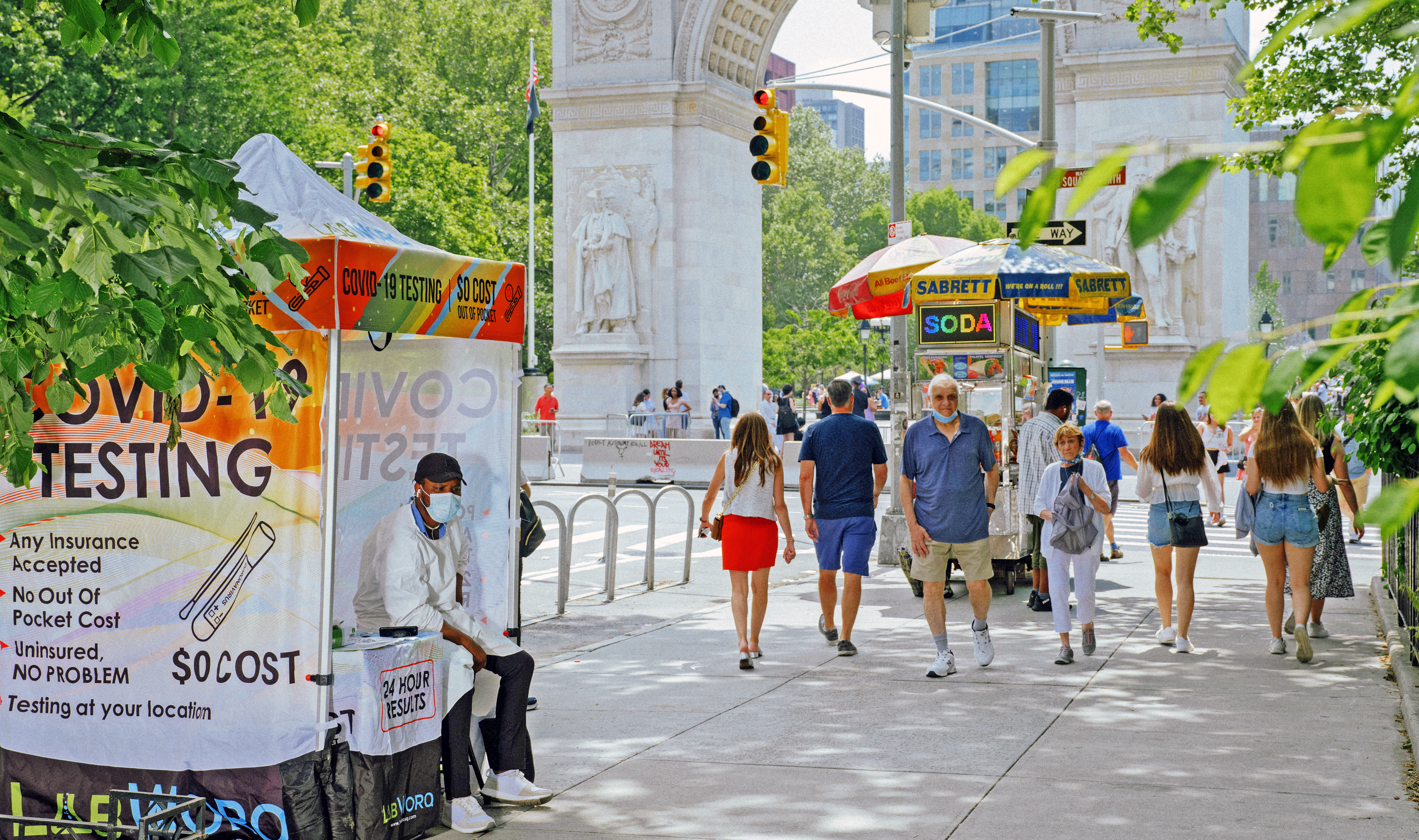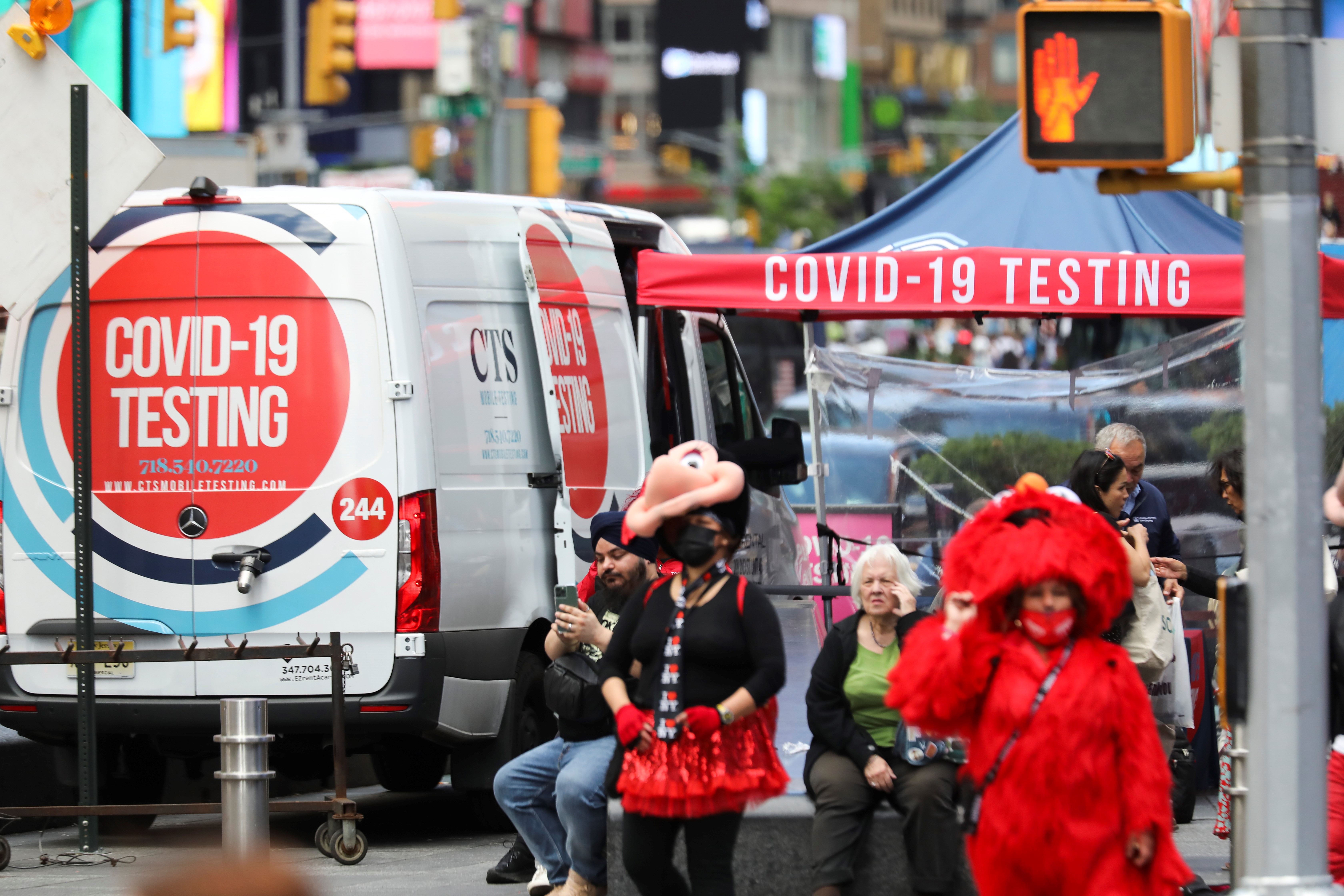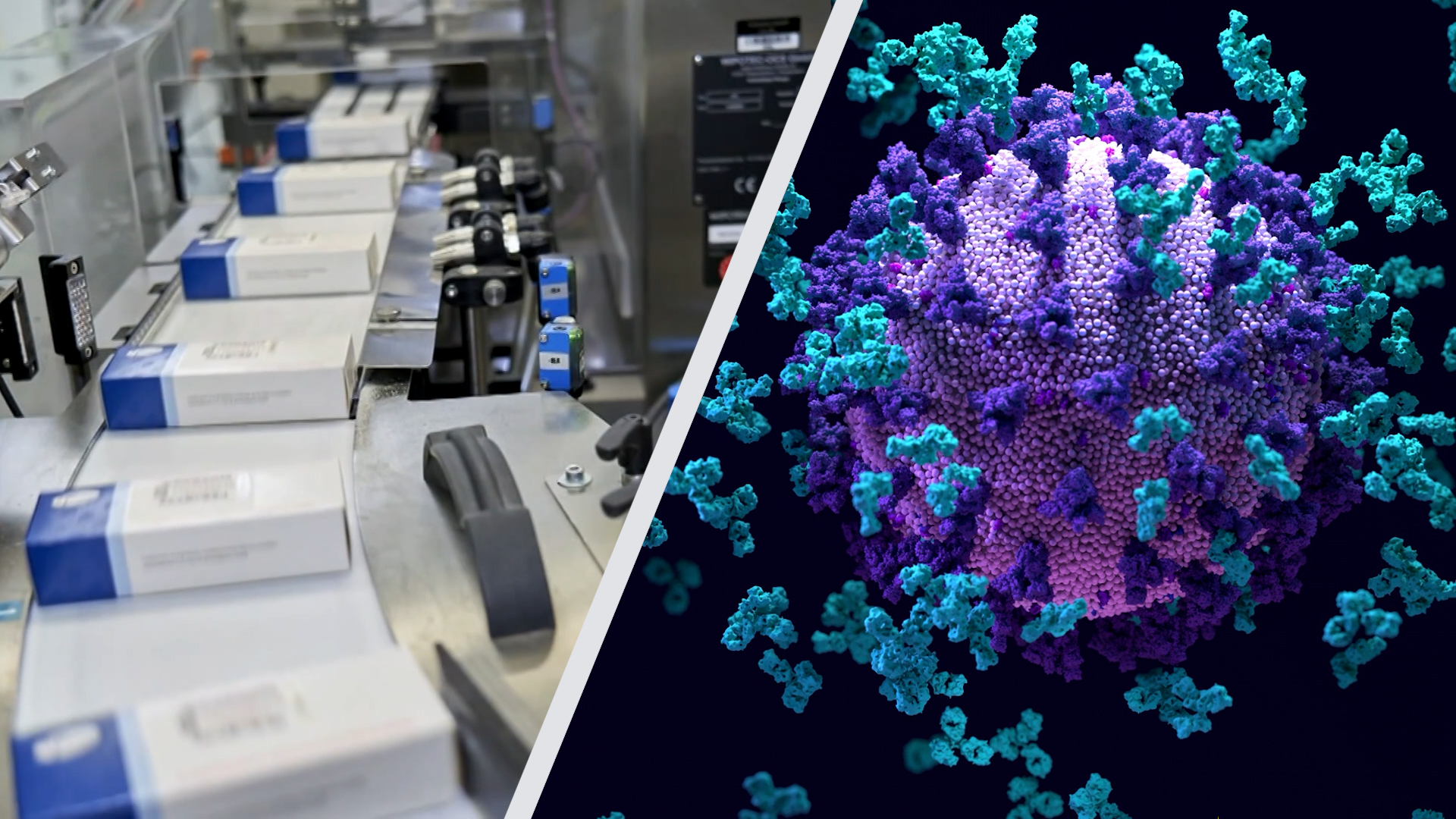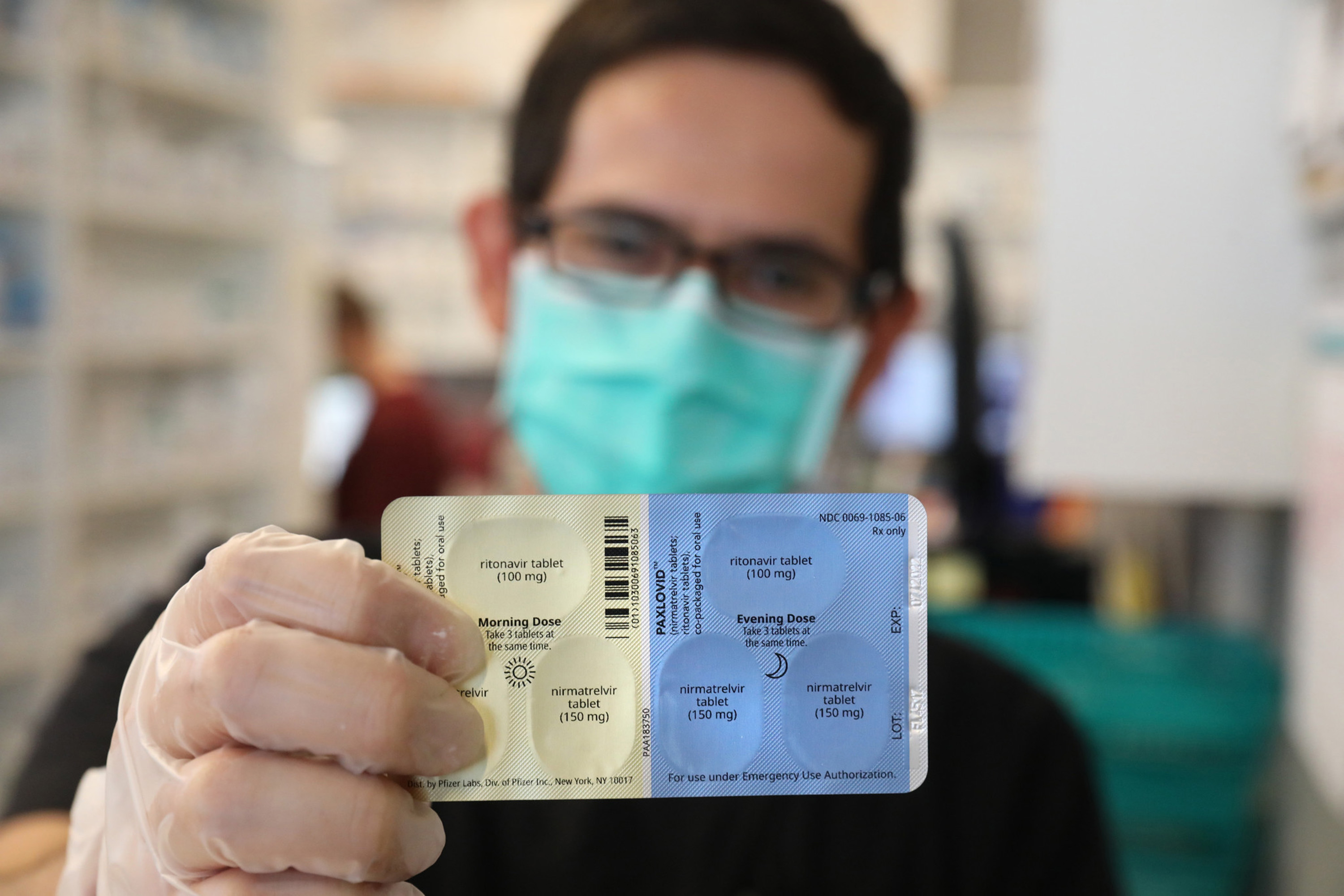The latest COVID-19 wave overtaking the tri-state appears to be ebbing, based on the CDC's latest update, just as the wildly contagious strain that has been spreading rampantly in New York for weeks asserts national dominance.
The number of U.S. counties deemed to be at high risk for community COVID spread dropped to 250 in the CDC's Friday update, a 16% decline from the 297 with that distinction last week. (Here's how to get a free COVID test from the feds sent to you.)
At the time, 54 of New York state's 62 counties -- or 87% of the total -- met the CDC's threshold for high COVID community spread risk, accounting for nearly a fifth of all U.S. counties that had the same distinction.
The situation has changed, with the number of New York counties meeting that standard slashed to a third of the total (30). The state added more green, representing low risk for community COVID spread, according to the CDC, since last week when Orange County was New York's lone representative in that category.
Orange County retains that distinction as of Friday's report, which adds another eight counties to the low-risk category. All five boroughs of New York City, however, still fall in the high-risk CDC category. City health officials increased the COVID alert level to high last week in line with CDC guidance, which its own system follows.
Under that system, the current COVID alert means masks are recommended indoors for all, regardless of vaccination status, but no new mandate applies.
Get Tri-state area news delivered to your inbox. Sign up for NBC New York's News Headlines newsletter.
New York City's core COVID data has continued to inch up since the alert level transition, with the new hospitalization rate now at 12.4 per 100,000 residents and the rolling new case rate at 348.58 cases per 100,000 residents. The CDC (and NYC) thresholds for high risk require both rates to hit 10 and 200, respectively.
Though the city's hospitalization rate is still rising, its rolling case rate appears to have stabilized. That means new admissions, which lag increases in cases, should level off and start to decline in short order. The death rate hasn't risen significantly and isn't expected to, given the power of vaccinations and boosters to thwart severe COVID-linked disease even amid the risk of reinfection and breakthrough cases.
New York City was hit later than other regions in the Empire State by BA.2.12.1 but health officials said even as they raised the threat level that they expected the current BA.2.12.1-fueled wave to end in a matter of weeks, if not sooner.
More Coverage
The subvariant of the BA.2 strain that first descended from omicron is said to be the most contagious COVID strain yet and has dominated locally since late April. It accounted for the majority of national cases for the first time this week but had been spreading at a far faster rate in parts of New York than elsewhere for some time.
New Jersey and Connecticut, which also saw cases associated with the subvariant rise, are still battling high infection rates. Neither state has one county at the CDC's low-risk level. Half of the Garden State (10 of 21 counties) and all but one of Connecticut's eight counties remained at high COVID community risk as of Friday.
Still, those neighboring states may not have to wait much longer for improvement.
The latest COVID data backs up recent statements from Gov. Kathy Hochul's office indicating that the first regions to see increased spread associated with omicron subvariant, BA.2.12.1, like Central New York and the Finger Lakes, see continued declines. Cases are trending down across all regions compared with last week, too.
In her Friday COVID update, Hochul said the statewide seven-day average case rate is at its lowest level in roughly two weeks and has seen 10 straight days of decline.
Hospitalizations remain at their highest total since late February, with Hochul reporting 2,483 admissions statewide as of Friday, but 59% of those patients didn't have COVID included as a reason for admission, suggesting mild cases that may not even have been diagnosed had patients not sought help for another issue.
No scientific evidence to date links BA.2.12.1 to more severe COVID-linked illness or reduced vaccine efficacy at this point, and while the heightened transmissibility appears clear, experts and medical researchers believe preventive efforts, especially around vaccination, should yield overwhelmingly mild cases that need no treatment.
That means leveraging all the free options available to New Yorkers, including the city's free online, personalized diagnostic tool and COVID test kits and care packages, in addition to core prevention strategies like masks, to stem the tide.
"As New Yorkers travel to spend Memorial Day weekend with friends and family, it is important that we don't let our guard down and continue to use the tools we have available to us to stay safe and healthy," Hochul said in a statement Friday.
"The best way to protect yourself and your loved ones from serious illness is to get vaccinated and keep up to date with your booster doses," the Democrat added. "If you are experiencing symptoms, get tested, and if you test positive talk to your doctor about available treatments."






